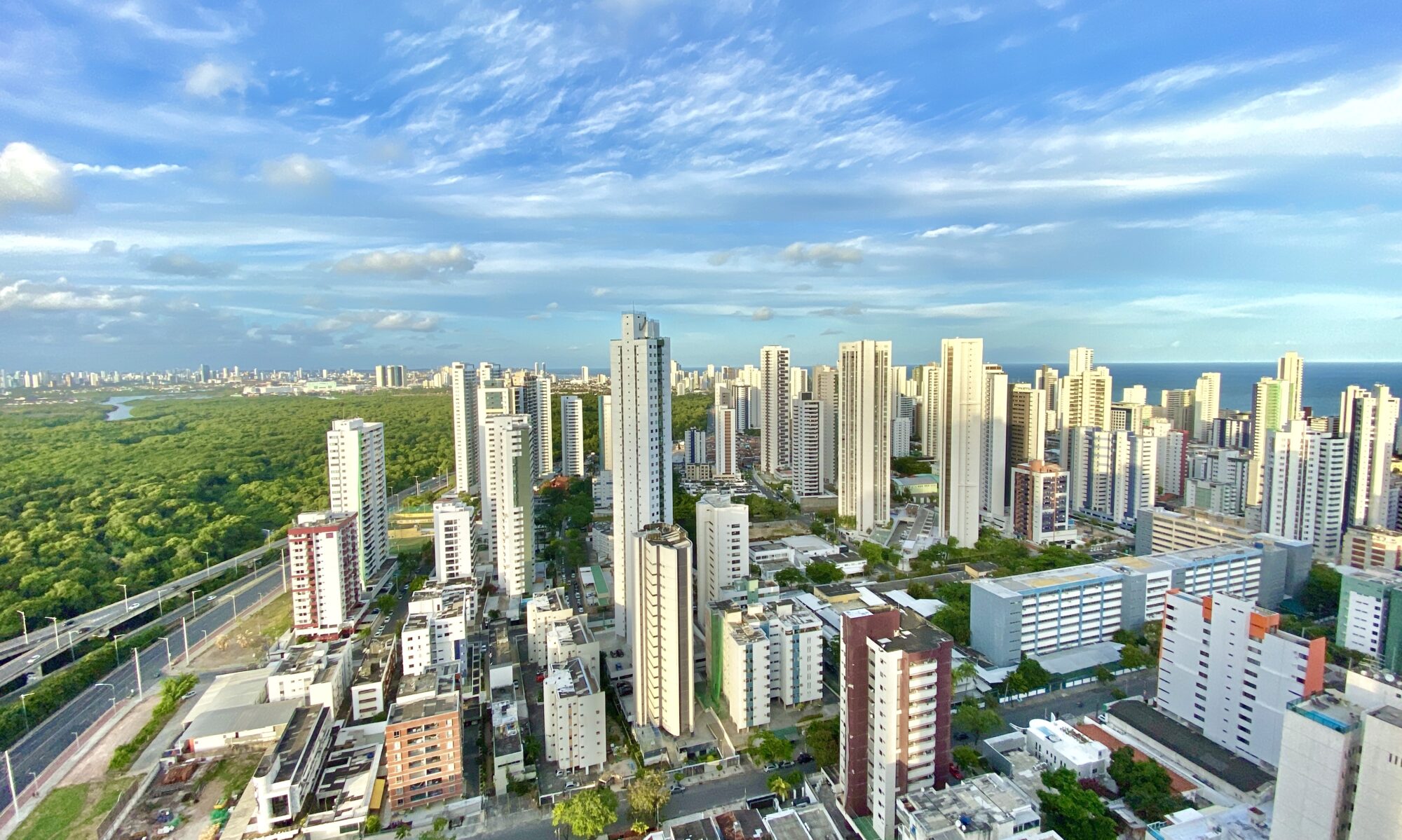Cerrado is the regional name given to the Brazilian savannas. Around 85% of the great plateau which occupies Central Brazil was originally dominated by the “cerrado” landscape, representing around 1.5 to 2 million km2, or approximately 20% of the country’s surface. The “cerrado” region’s typical climate is hot, semi-humid and notedly seasonal, with rainy summers and wet winters. The annual rainfall is around 800 to 1600 mm. The soils are generally very old, chemically poor and deep.
The “cerrado” landscape characterises itself by extensive savanna formations intercepted by woods along the rivers, at the bottom of valleys. However, other types of vegetation might appear in the “cerrado” region, such as the humid fields or the “buriti” palm paths, where the water table is superficial; alpine pastures might occur at higher altitudes and the mesophytic forests are situated on more fertile soils. Even the exclusive savanna formations are not homogenous; there is a great variation in the balance between the quantities of trees and herbaceous vegetation, forming a structural gradient that goes from the completely open “cerrado” – the clean field, predominant vegetation of grasses, without the presence of wooden elements (trees and shrubs) – to the close “cerrado”, physiognomically forestal – the “cerradão” (“big cerrado”), with a great quantity of trees and a forestal aspect. The intermediate forms are the dirty field, the “cerrado” field and the “cerrado” sensu stricto, according to a growing density of trees.
The “cerrado” trees are very peculiar, with twisted trunks, covered by a thick bark, and leaves which are usually broad and rigid. Many herbaceous plants have subterranean organs to store water and nutrients. Thick barks and subterranean structures can be interpreted as some of the many adaptations of this vegetation to the periodic burnings to which it is submitted, in order protect the plants from destruction and making them capable of sprouting again after the fire. It is believed that, as in many savannas in the world, the “cerrado” ecosystems have been coexisting with fire since remote times; initially as natural fires caused by lightening or volcanic activity, and later caused by man. Taking advantage of the sprouting of the herbaceous stratum that follows a burning in the “cerrado”, the primitive inhabitants of these regions have learned to use the fire as a tool, to increase the fodder offer to their domesticated animals (herbivorous), a fact that happens until today.
The great habitat variability in the different types of “cerrado” supports an enormous diversity of plant and animals species. Recent studies, such as the one presented by J. A. Ratter and other authors in “Avanços no Estudo da Biodiversidade da Flora Lenhosa do Bioma Cerrado” (Advances in the Study of the Biodiversity of the Ligneous Flora of the “Cerrado” Bioma) in 1995, estimate the number of vascular plants at around 5 thousand; more than 1600 species of mammals, birds and reptiles have already been identified in the “cerrado’s” ecosystems (“Cerrado’s Fauna”, Costa et al., 1981). Among the diversity of invertebrates, the most notable are the termites and the leaf-cutter ants (“saúvas”). They are the main herbivores of the “cerrado”, having a great importance in the consuming and decomposition of organic matter, as well as constituting an important food source to many other animal species.
On the other hand, the urban pressure and the rapid establishment of agricultural activities in the region have been rapidly reducing the bio-diversity of the ecosystems. Until the mid 60’s, agricultural activities in the “cerrados” were very limited, directed mainly at the extensive production of beef cattle for subsistence or the local market, since “cerrado” soils are naturally infertile for agricultural production. After this period, however, the urban and industrial development of the Southeast Region has forced agriculture to the Central-West Region. The transfer of the country’s capital to Brasilia has been another focus of attraction of population to the central region. From 1975 until the beginning of the 80’s, many governmental programs have been launched with the intent of stimulating the development of the “cerrado” region, through subsidies for agriculture. As a result, there has been a significant increase in agricultural and cattle production.
Nowadays the “cerrado” region contributes with more than 70% of the beef cattle production in the country (“Pecuária de Corte no Brasil Central”; Beef Cattle Production in Central Brazil, Corrêa, 1989), and thanks to irrigation and soil correcting techniques it is also an important production centre of grains, mainly soya, beans, maize and rice. Great extensions of “cerrado” are also utilised in the production of cellulose pulp for the paper industry, with the cultivation of several species of Eucalyptos and Pinus, but still as a secondary activity.
The conservation of the “cerrados” natural resources is represented by different categories of conservation units, according to specific objectives: eight national parks, various state parks and ecological stations, comprising around 6.5% of the total “cerrado” area (“Cerrado: Caracterização, Ocupação e Perspectiva”; Cerrado: Characterisation, Occupation and Perspectives; Dias, 1990). However, this extension is still insufficient and more conservation units need to be created for the protection of the bio-diversity that is still preserved.

